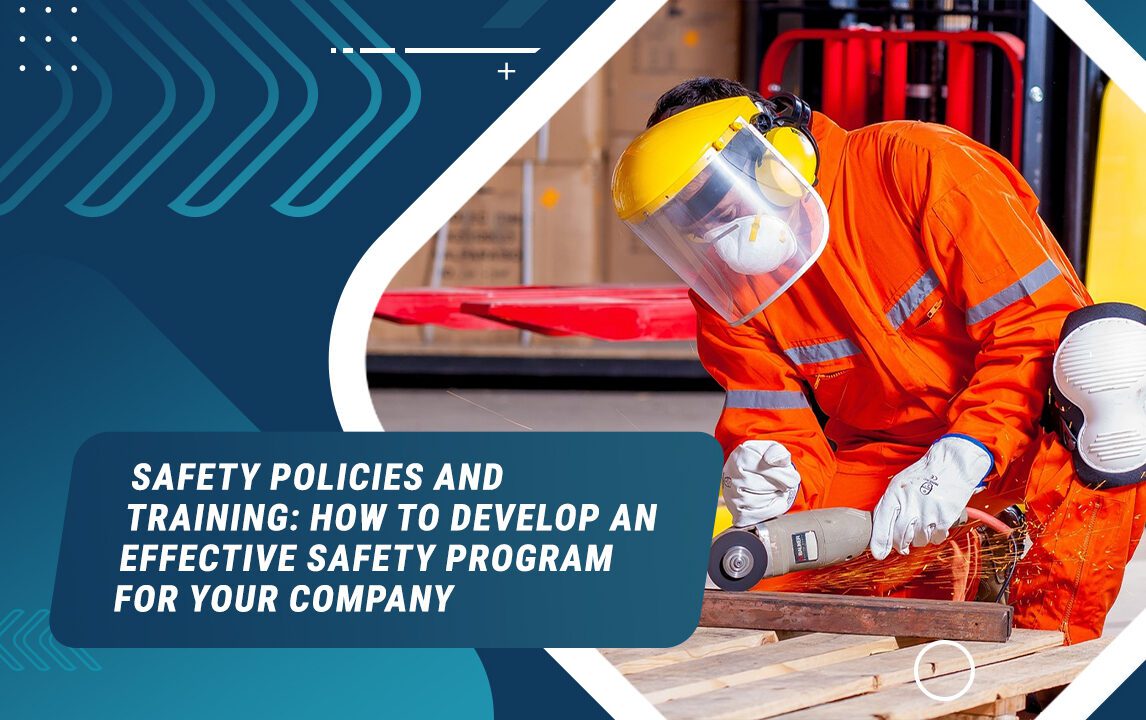Developing a program to ensure employee safety isn’t just the right thing to do – it’s the law. It starts with a commitment to safety and the willingness to be thorough in evaluating – and resolving – potential workplace hazards.
The Occupational Safety and Health Act, or OSHA, was passed in 1970 to provide just that – a safe and healthy working environment for employees with established protocol and policies to keep workers safe. Obviously, potential hazards differ greatly by profession and OSHA regulations differ by industry.
For our purposes, there are about four to five main tenets of a solid workplace safety policy: identifying workplace hazards and risks, educating employees (e.g. safety training), developing written policies and implementing them, reporting any and all incidents, and continuing to evaluate processes year-round.
Worksite Evaluation
Safety begins with a thorough inspection of your company’s premises. Anticipating dangers allows you to prevent them, so a comprehensive walkthrough and survey of your company’s worksite for potential safety violations (e.g. machinery, paint fumes, dust particles) is essential. Effective engineering and design should prevent issues, but once identified, possible hazards should be eliminated and a procedure established to address them.
Talking to employees and understanding some of the day-to-day safety hazards they’re facing is also key as they often notice things that are not obvious to their managers. Worksite inspections should be routine and conducted regularly to quickly identify and resolve issues.
Policy Development and Implementation
You (as a manager) are responsible for establishing a streamlined safety process for your employees. Safety procedures and ways to avoid injury should be written down and communicated clearly. For obvious reasons, written policies and procedures are crucial. Materials can be distributed quickly for employee education, thus avoiding the potential for any ambivalence or miscommunication about job duties and/or safety procedures.
There are a number of safety procedures for injury prevention that should be documented, including:
- Avoidance of potential respiratory hazards and protective equipment
- Avoidance of environmental hazards
- Fire prevention
- Emergency planning
- Ear protection
- Equipment safety
- And of course, ladder safety.
Employee Education and Training
Once safety guidelines are written down and established, education and employee training should be implemented as soon as possible. Lack of knowledge is a big reason why accidents happen, so quick, effective training is key.
OSHA requires that all employees, especially new ones, are trained on all health and safety aspects of their jobs. New employees should be trained immediately, and all employees should be trained or re-trained as soon as potential safety hazards are discovered and documented.
At least once a year, all employees should undergo safety training and take a refresher course on basic procedure. As an example, when it comes to ladder safety, OSHA provides an excellent ladder safety checklist with important reminders:
- Ladders should always remain free of slipping hazards like oil and grease
- They should never be overloaded beyond their labeled capacity
- Ladders should only be used on stable, level surfaces
- Face the ladder when moving up or down to prevent falls
- Make sure ladders have slip-resistant surfaces
- Store ladders in safe areas away from people and/or traffic
Incident Reporting
One of the best ways to ensure employee safety is to continuously report incidents, no matter how small they might seem. Any incident should be reported immediately to ensure facts remain fresh in an employee’s mind, a cause is identified and a corrective procedure put in place.
Constant Evaluation and Goal-Setting
As mentioned above, constant evaluation of a worksite and identification of potential hazards is the key to keeping employees safe. Annual safety training should be a rule, not an exception. Goals should be set annually to surpass the previous year’s safety evaluation; this is done through thorough training and employee education.
